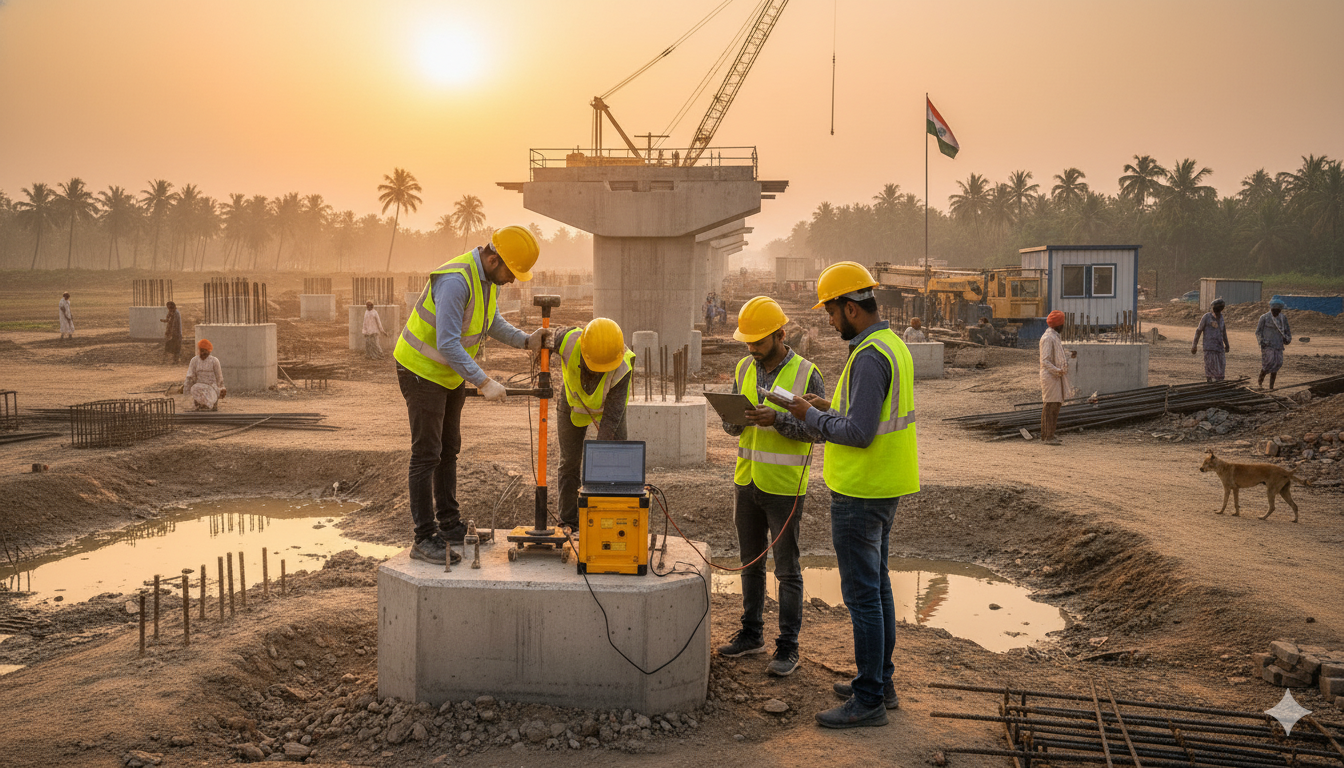
Pile Integrity Test
The Pile Integrity Test (PIT) is a non-destructive method used to assess the structural integrity of deep foundation piles. It helps detect cracks, voids, and discontinuities, ensuring the safety and durability of structures.

High Strain Dynamic Load Test as per ASTM
This test evaluates pile capacity and behavior under dynamic high strain loads, following ASTM standards. It provides reliable information on bearing capacity and pile performance for safe foundation design.

Dynamic Pile Load Test as per IRC
The Dynamic Pile Load Test, conforming to IRC guidelines, measures pile response under dynamic loads. It helps determine the ultimate load capacity and performance characteristics of the foundation.

Cross Hole Sonic Logging (CHSL) Test
CHSL is a non-destructive testing technique used to detect voids, honeycombing, or defects inside concrete piles. It ensures uniformity and structural integrity of deep foundation elements.

Rebound Hammer Test
The Rebound Hammer Test assesses the surface hardness of concrete and estimates its compressive strength. It is widely used for quality control and maintenance of concrete structures.

Ultrasonic Pulse Velocity Test
This test measures the velocity of ultrasonic pulses through concrete to evaluate uniformity, detect cracks, and assess quality. It’s an effective method for early detection of structural issues.
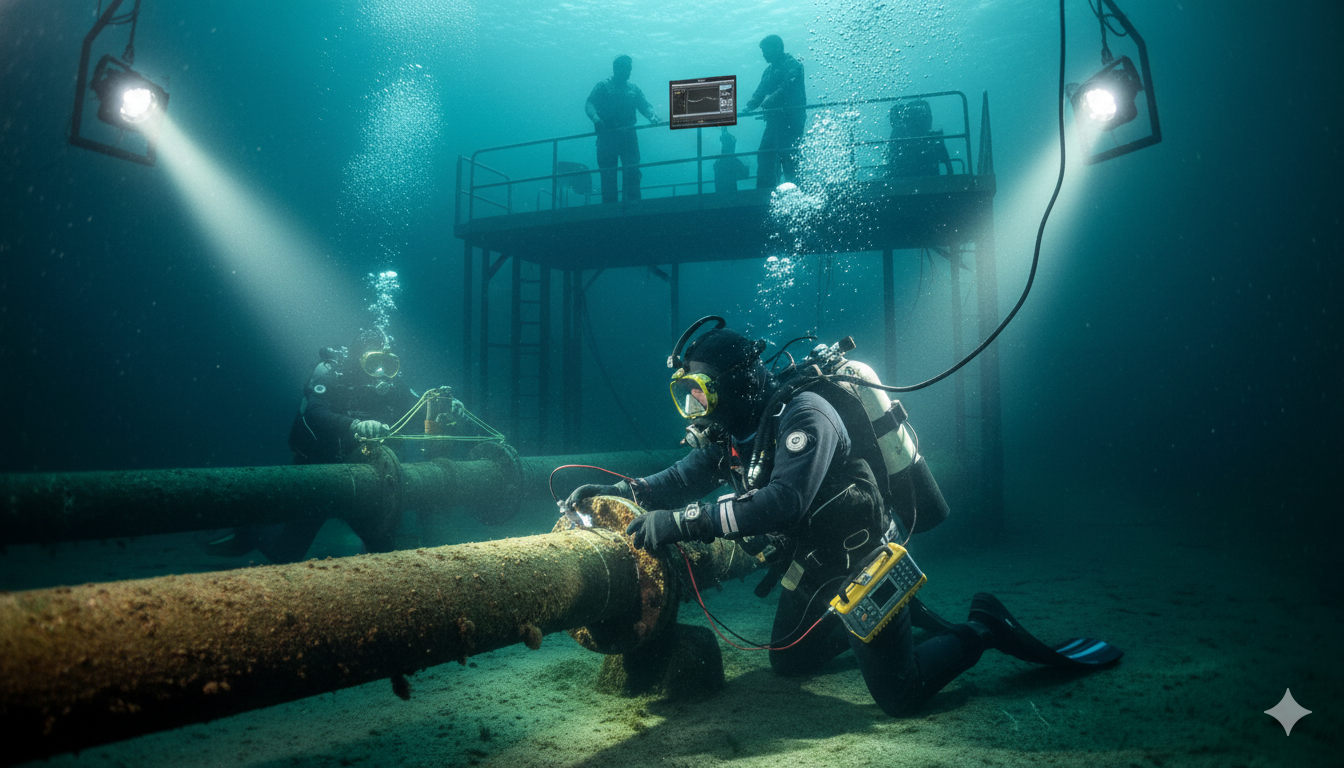
Underwater NDT: Rebound Hammer & Ultrasonic Pulse Velocity
Specialized underwater non-destructive testing combines Rebound Hammer and Ultrasonic Pulse Velocity methods to evaluate submerged concrete structures, ensuring their strength and durability.

Cover Meter Test: Rebar Mapping, Bar Dimension Testing & Cover Spacing
The Cover Meter Test identifies the location, diameter, and depth of reinforcement bars in concrete. It ensures proper cover thickness and detects potential corrosion risks in reinforced structures.

Half-Cell Potential
Half-Cell Potential testing assesses the likelihood of corrosion in steel reinforcement within concrete. It helps in preventive maintenance and extends the lifespan of reinforced concrete structures.
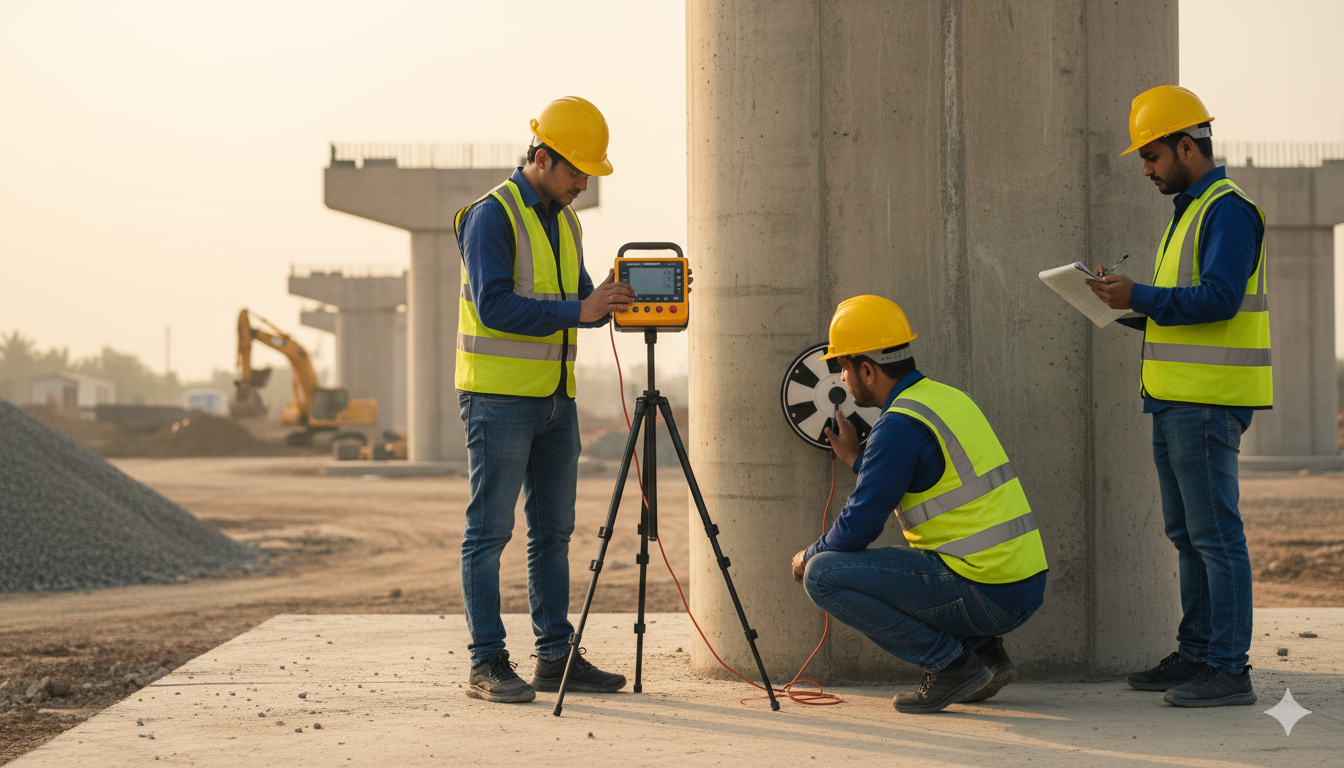
Resistivity of Concrete
Concrete resistivity testing measures the material’s resistance to electrical current, which correlates with its corrosion potential. This test is key for evaluating durability and reinforcing steel safety.
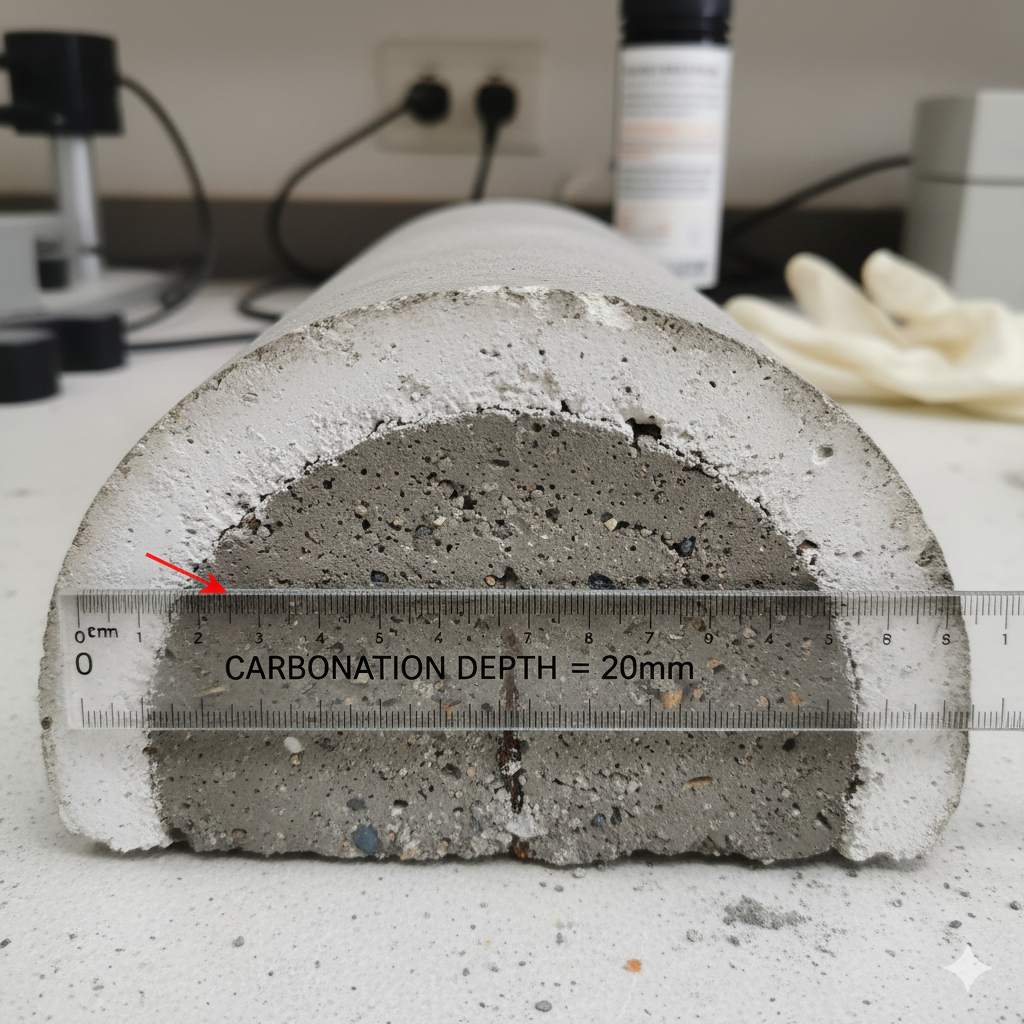
Carbonation Depth
Carbonation Depth testing evaluates how far carbon dioxide has penetrated concrete, potentially affecting reinforcement corrosion. It ensures structural longevity and compliance with safety standards.

Load Test on Flexural Member
Flexural Load Testing determines the load-carrying capacity and behavior of beams, slabs, and other flexural members. It validates structural performance under service loads.
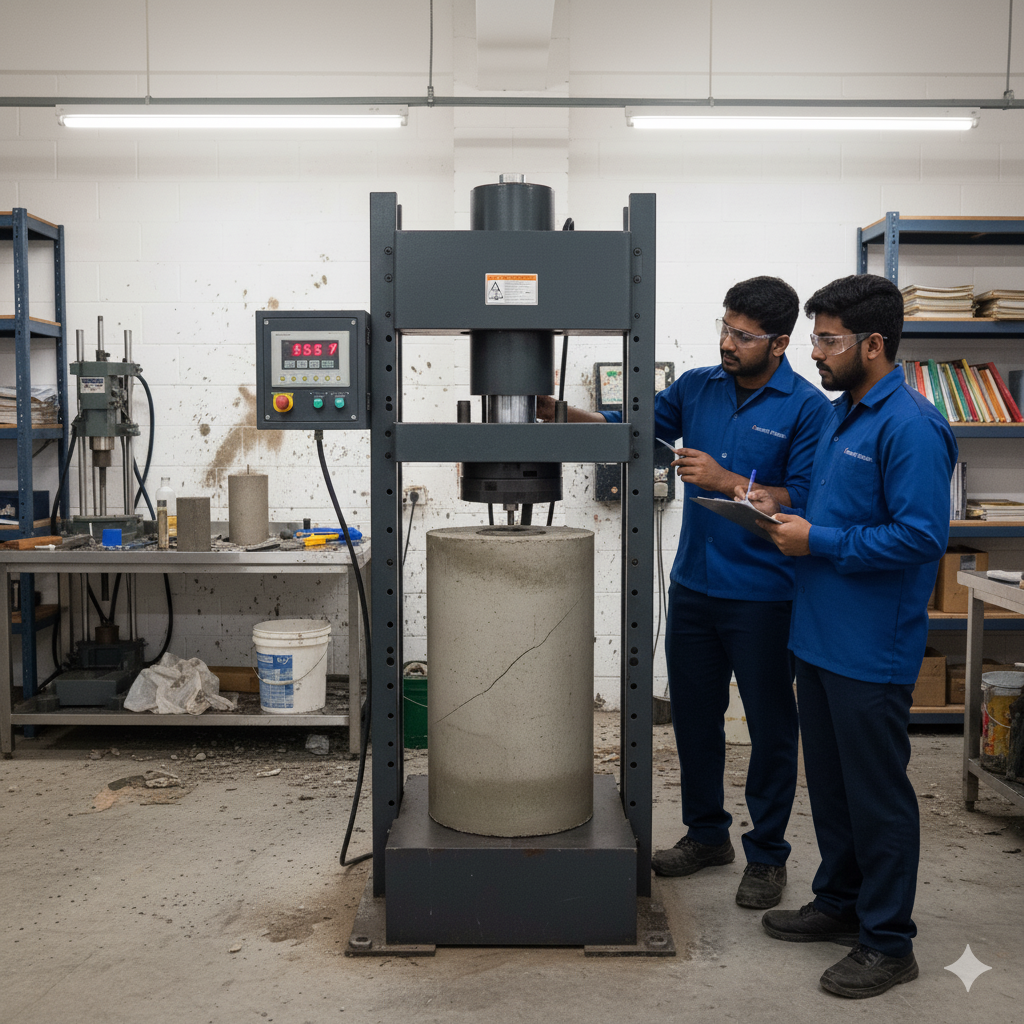
Concrete Core Testing
Concrete Core Testing involves extracting and testing cylindrical samples from hardened concrete to assess compressive strength and quality. It provides precise data for structural evaluation.
